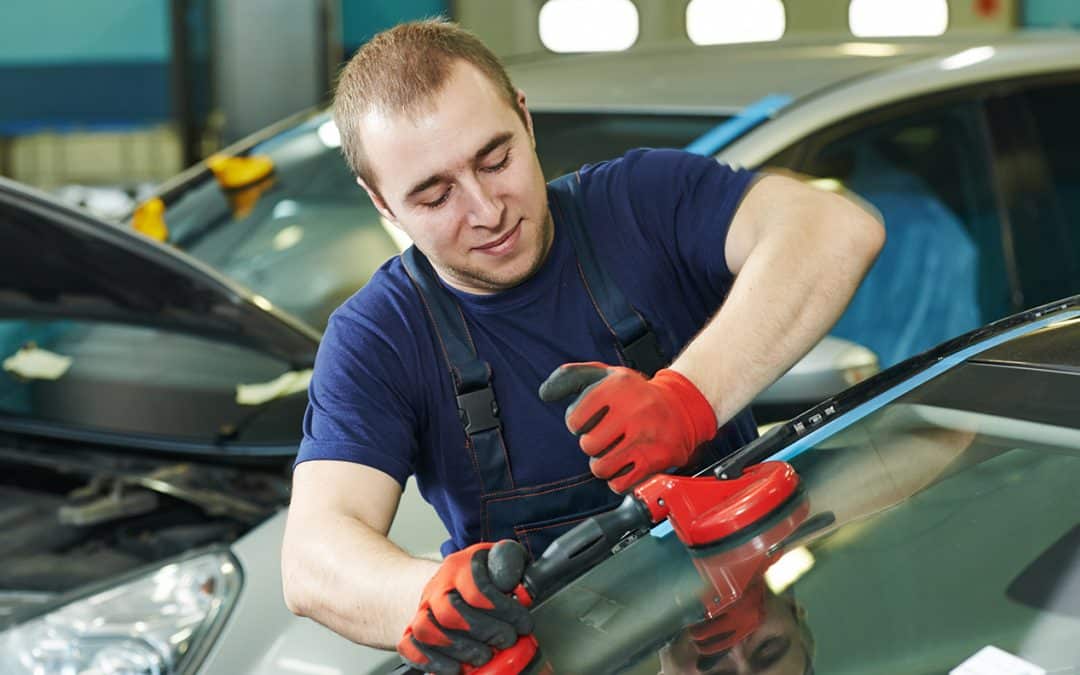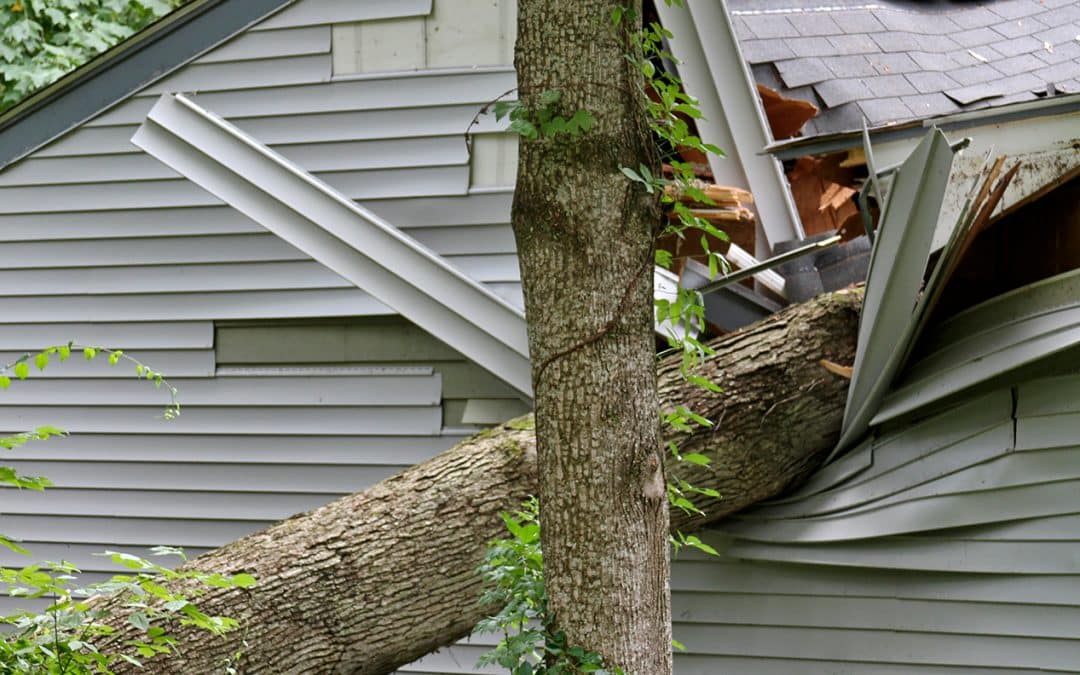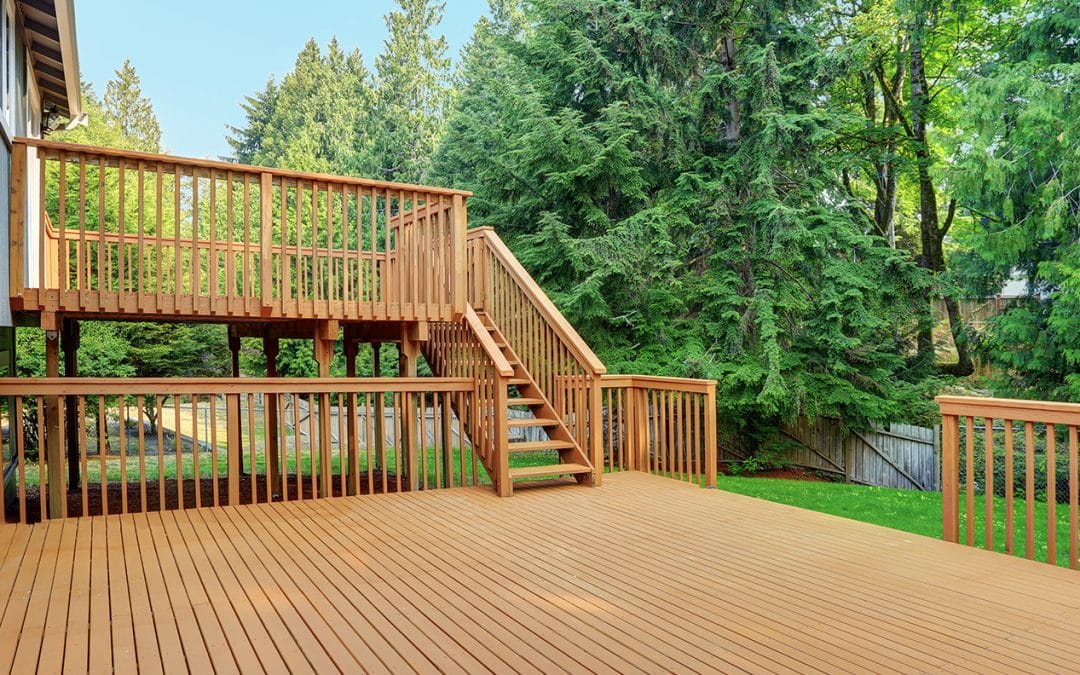Radon is a naturally occurring radioactive gas that can’t be detected by sight, smell or taste.
Radon is the number one cause of lung cancer among non-smokers in the United States, according to the Environmental Protection Agency, and claims the lives of an estimated 21,000 people every year.
How does radon get into your home?
- Cracks in solid floors
- Construction joints
- Cracks in walls
- Gaps in suspended floors
- Gaps around service pipes
- Cavities inside walls
- Water supply
Because testing is the only way to detect levels of exposure, the EPA and U.S. Surgeon General are urging homeowners to do so during National Radon Action Month in January.
While many radon test kits can be found online or in home improvement stores, you can also contact your state radon program to find a qualified professional in your area.
If high levels of radon are detected in your home (above 4 p/Ci/L), the EPA recommends using a vent pipe system and fan to pull radon from beneath your house and to send it outside. Sealing foundation cracks and other openings can also help.



